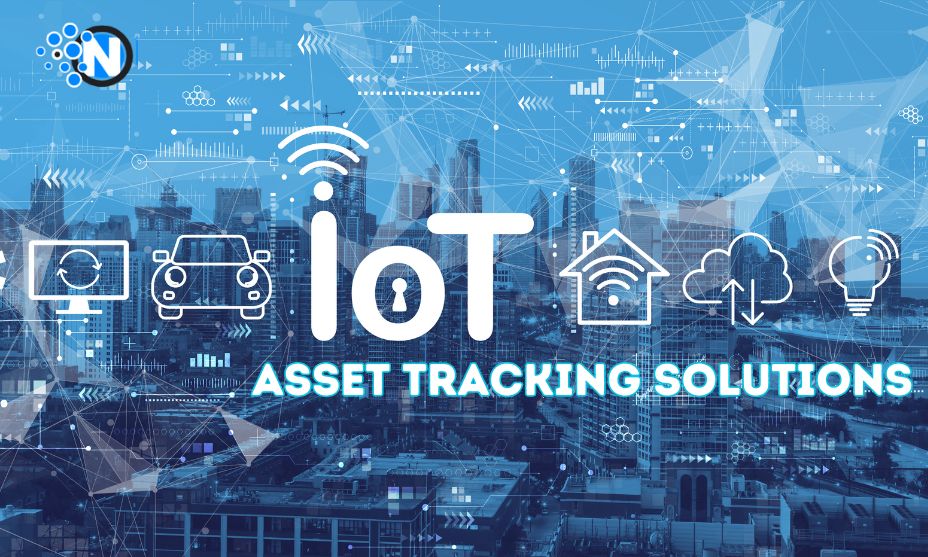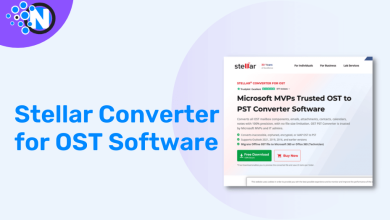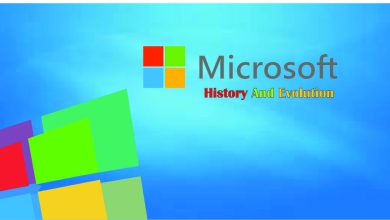Implementing IoT Asset Tracking Solutions: Best Practices and Tips

The ability to accurately locate important assets in real-time along with monitoring key analytics like temperature, motion, tampering, and more unlocks game-changing value across many industries. Internet of Things (IoT) technology now allows organizations to revolutionize asset tracking leveraging connected sensors and cloud-based analytics.
But to tap the full potential of enterprise-wide IoT-enabled asset tracking systems requires following best practices covering needed infrastructure, solution capabilities, sensor tag considerations, data security, employee adoption, and more during planning and deployment.
This comprehensive guide explores key factors and provides actionable recommendations on successfully implementing robust IoT asset tracking to maximize visibility and operational efficiency gains.
Assembling the Necessary Infrastructure
Like any enterprise technology solution, realizing the full advantages of organization-wide IoT asset tracking requires laying proper groundwork. This includes:
Reliable Network Connectivity
Fast and consistent wireless coverage across all sites powers real-time location visibility and sensor analytics reliably relayed to the cloud and users. Identify and remediate any facility dead zones. Upgrade routers and bandwidth caps if needed to support thousands of sensor tags transmitting with negligible lag time.
Cloud Platform for Data Processing
A cloud-based IoT asset tracking platform securely ingests streaming sensor data, analyzes it, triggers custom alerts and actions like email notifications, and allows managing devices and locations. Ensure your platform scales easily as device numbers grow.
Sensor Tag Hardware
Battery-powered smart asset tags attach via adhesive, bracket or strap to assets for tracking without grid power. Select durable, weatherproof industrial tags with replaceable batteries offering 5+ years lifespans based on ping intervals. Opt for tags featuring additional sensors like temperature, humidity, shock, and more to enrich analytics.
Key IoT Asset Tracking Software Capabilities
The power of IoT asset tracking comes from translating location and sensor data into actionable business intelligence. Prioritize platforms delivering:
- Real-Time Visibility – Map-based dashboards updating by the minute enable instantly finding high-value items and viewing movement histories, accelerating search times from hours to seconds.
- Automated Alerts – Configurable system alerts proactively notify administrators via SMS, email, or mobile push notifications when user-defined conditions occur like assets entering or exiting set geofenced areas or sensor readings exceeding thresholds.
- Detailed History Reporting – Leverage historical reports on factors like past locations, dwell time, geofence compliance statistics, item handling alerts, and sensor analytic trends to uncover usage patterns driving optimization.
- API and Integration Support – Platform open APIs, SDKs, and partner connectors simplify linking with existing databases like asset management software or CRM systems to sync information bi-directionally. This eliminates dual data entry.

Key Factors for Choosing & Deploying Tracking Sensor Tags
Not all asset-tracking sensor tags fit every use case. Carefully select and deploy smart IoT tags using these criteria:
- Small and inconspicuous – Pick compact tags to avoid interfering with assets and operations. Concealed placement also reduces tampering risks.
- Rugged, waterproof housing – Electronics must withstand workplace elements like heat, submersion, and chemicals without issues to ensure durable tracking.
- Optimized ping rate settings – Adjust how often tags update locations balancing visibility needs with battery runtime. Most platforms define unique ping schedules per tag.
- Strategic and secure attachment – Mount tags in protected areas on assets using reliable adhesive, case inserts, or mechanical mounting plates when possible to avoid inadvertent removal while allowing battery access.
- Sufficient tag-to-asset ratio – Multiple inexpensive tags per asset provide redundancy if one gets damaged or fails. This ensures continuity of coverage.
Following general RFID tag best practices and the above recommendations helps maximize location accuracy for mission-critical assets while minimizing maintenance.
Mitigating Data Security & Compliance Risks
As with any IoT solution capturing and transferring remote sensor information, organizations must take reasonable cybersecurity and privacy precautions around IoT asset tracking systems including:
Encrypting Sensor Data End-to-End
Choose a platform securing communications using the latest encryption protocols like TLS 1.3 for data in transit protection and AES-256 encryption at rest safeguarding stored data elements.
Role-Based Access Controls (RBAC)
Restrict dashboard and API access to only required personnel via granular user permissions reducing exposure scope.
SOC 2 Compliance and Credible Certifications
Verify the solution provider undergoes independent annual audits ensuring rigorous controls for data handling, infrastructure security, disaster recovery, operational processes, and more as an affirmation of trustworthy data stewardship.
GDPR & Privacy Regulation Adherence
If tracking assets across international borders, ensure data handling alignment with regulations like GDPR protecting EU citizen information through policies like allowing user data deletion on request.
Though no solution provides impenetrable security, following cybersecurity best practices tailored to IoT data flows reduces the probability of breach substantially while satisfying compliance duties.
Gaining User Adoption Across the Organization
Without staff willingness to interact with new systems like IoT asset tracking dashboards and embrace more efficient practices the technology enables, realizing expected returns proves difficult. That’s why focusing on user adoption delivers ROI. Useful approaches include:
Piloting
Prove value via limited initial deployments allowing people to become familiar with the system prior to enterprise-wide initiatives. Measure concrete use benefits like recovered equipment expenses.
Training
Educate all employees on how the system benefits operations, how data gets used and accessed securely, and how to interpret dashboard maps/alerts through resources like how-to videos and quick reference cards.
Incentives
Gamify adoption by offering rewards to staff demonstrating regular dashboard usage, spurring engagement until utilizing the system becomes a habit through positive reinforcement.
Input Collection
Solicit ongoing feedback from users about desired optimizations, new supported use cases or individual department tracking needs for enhancements addressing pain points and fulfilling expanded requirements over time to perpetuate enthusiasm.
Getting leadership buy-in combined with consistent end-user inclusion ensures organizations extract the most from IoT investments as solutions evolve.
Sustaining IoT Asset Tracking Value Over the Long-Term
Like most transformative technologies, realizing lasting gains from IoT asset tracking hinges on treating implementations not as “one and done” projects but rather as adaptable platforms providing increasing utility over the years as business objectives shift.
Set the stage for sustained value by:
- Planning Scalability Upfront – Seek truly enterprise-capable solutions ready to gracefully support doubled, tripled, or even 10x tag numbers and data flows with the flip of a switch as operational visibility and analytics needs eventually grow over months and years.
- Reinvesting Savings Into Innovation – Allocate yearly budget from efficiency rewards like capital expense savings from recovered equipment directly into funding additive IoT capabilities like new sensors or computer vision applications rather than profit uptake alone.
- Periodically Reviewing KPIs – Every 6 months align leadership to examine key performance indicators like tag utilization rates, reporting frequency, alert tuning, and user adoption metrics. Discuss enhancements like staff augmentation, improved integrations, and added functionality promoting reliable optimization momentum.
Approaching IoT asset tracking as an open-ended journey centered on delighting internal customers primes the solution to keep benefiting business objectives 5+ years out.
Conclusion – Now Is the Time for IoT Asset Tracking
With the recognition that return on investment stems directly from integrating real-world enhancements into existing operations through IoT asset tracking rather than the technology itself, forward-looking organizations must begin developing implementation roadmaps for sustainable advantage.
By combining resilient infrastructure accommodating enormous data flows with versatile cloud-managed software, powerful analytics, and intuitive interfaces supported organization-wide, asset visibility systems reliably supercharge efficiency, and accountability and inform better decisions across functions for years while delivering profound and expanding value.




